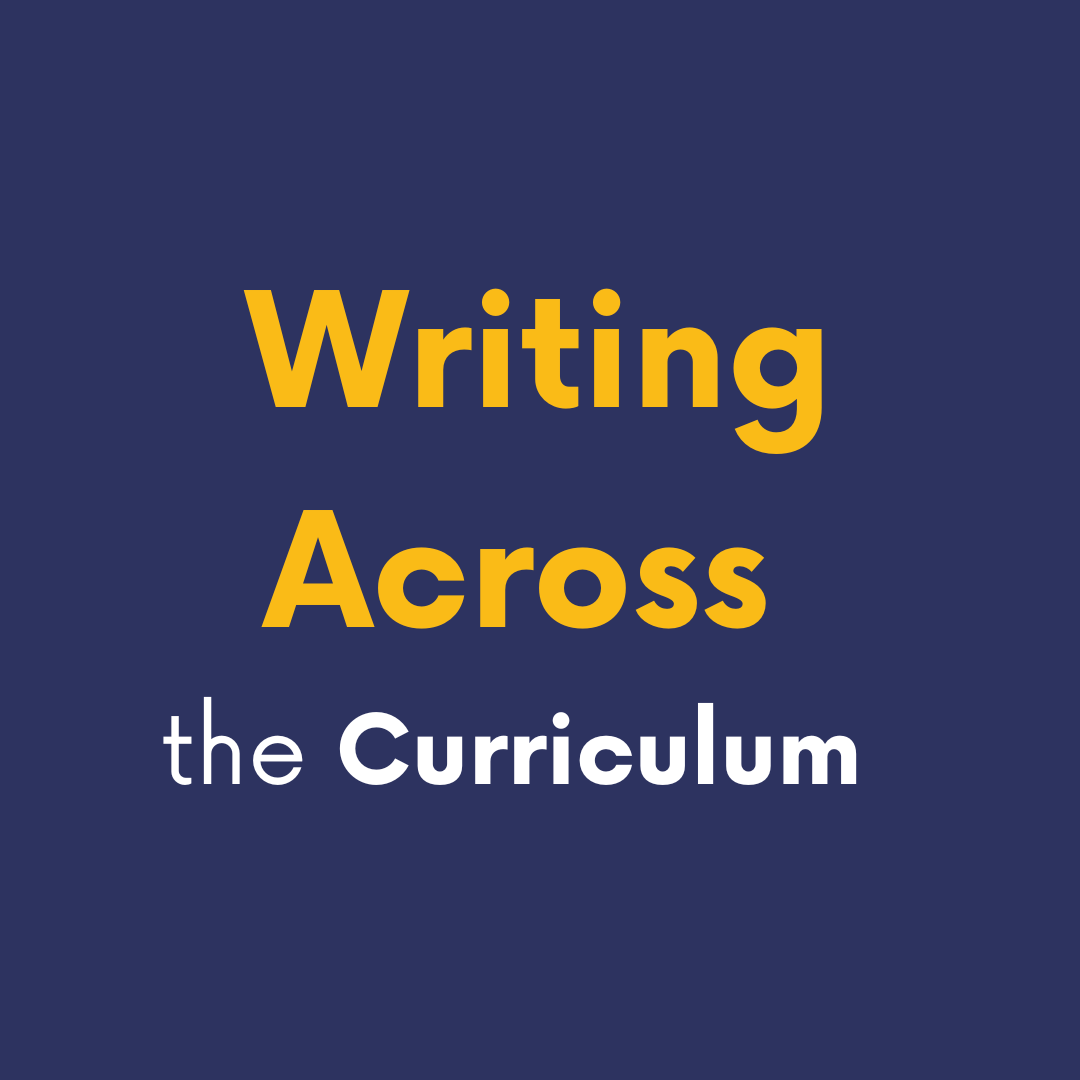6 Ways to Make Your Classroom More Linguistically Inclusive
Add a syllabus statement that values linguistic diversity.
Example: “Diverse languages and dialects are welcome in this classroom. As we communicate with one another, keep in mind that the reader/listener should work as hard as the writer/speaker in the communication process. This means that we will listen patiently, work to understand one another, seek out clarification when necessary and avoid finishing each other’s sentences or correcting grammatical errors unless invited to do so” (C. Savini, 2021, Inside Higher Ed).
Provide opportunities to write for real audiences & personally significant purposes.
Alternative audiences: Provost, chancellor, deans, department chairs, local school board, Department of Education, Board of Governors, accreditation organizations, advisors, graduates…
Significant purposes: Writing to persuade, inform, convince, entertain, describe, advise, advocate, urge, demonstrate, defend, justify…
Ask all students about their language backgrounds.
Examples: What languages or dialects did you grow up speaking at home? What languages and dialects did you learn in school? Have you ever been mocked or felt degraded for how you speak or write? Would you like feedback on your grammar?
Provide opportunities for students to write in their own voice.
Public discourse provides more opportunities for diverse dialects and code meshing.
Encourage exploration of how different contexts require different language choices.
Remix writing assignments ask students to compose new texts by “remixing” a written product they have done previously into a new form for a different purpose, context, and/or audience.
Remember there are different types of writing assignments.
Writing to learn and reflective writing are two examples of low-stakes writing assignments in which we can welcome all student voices.
